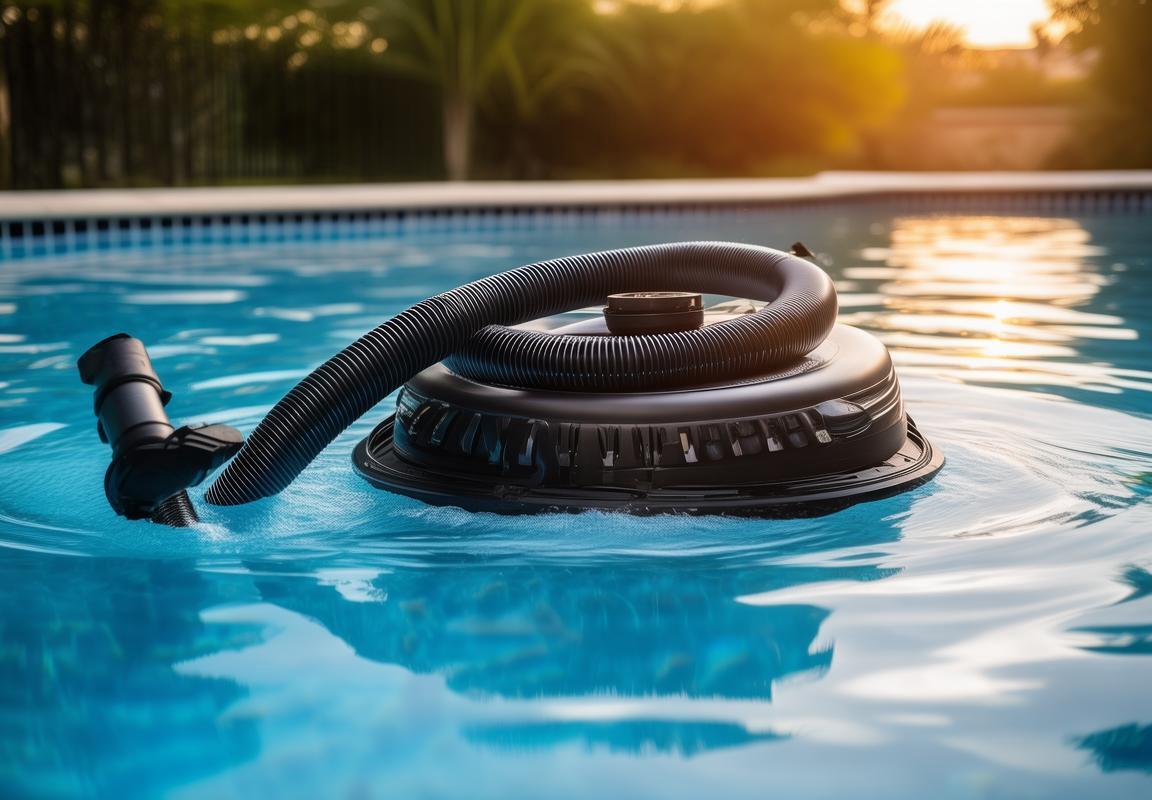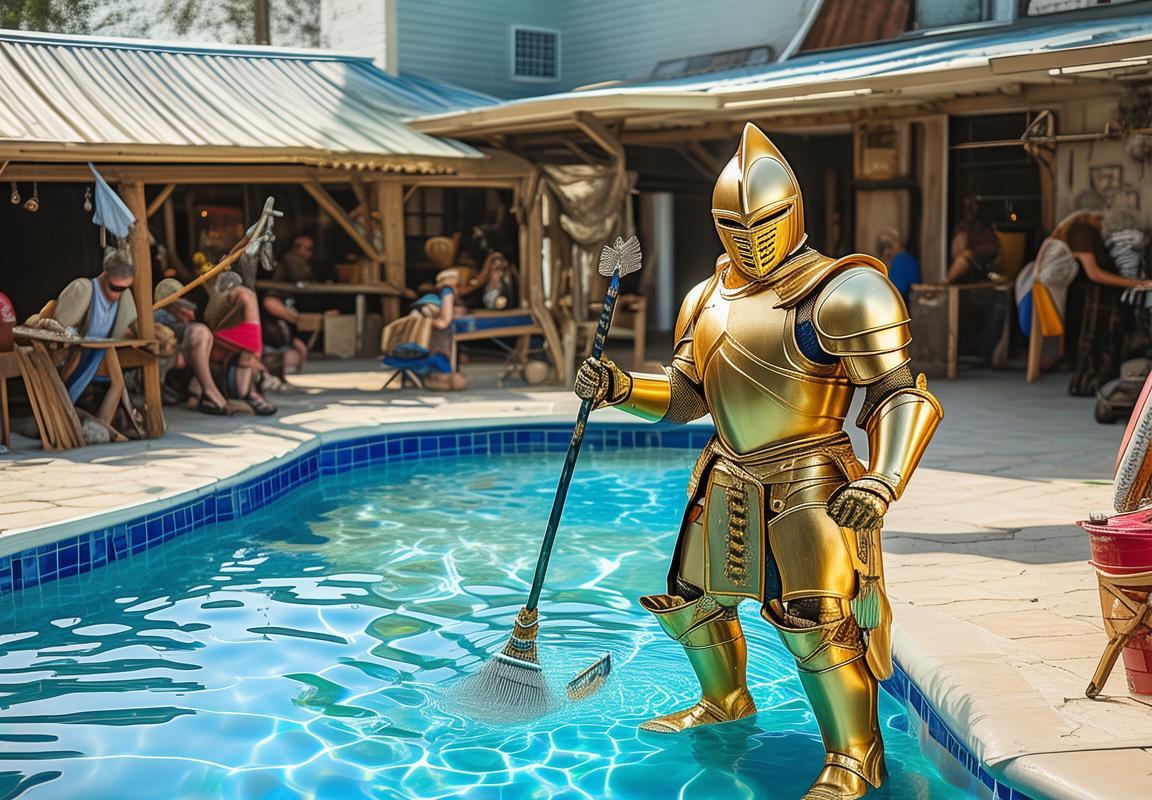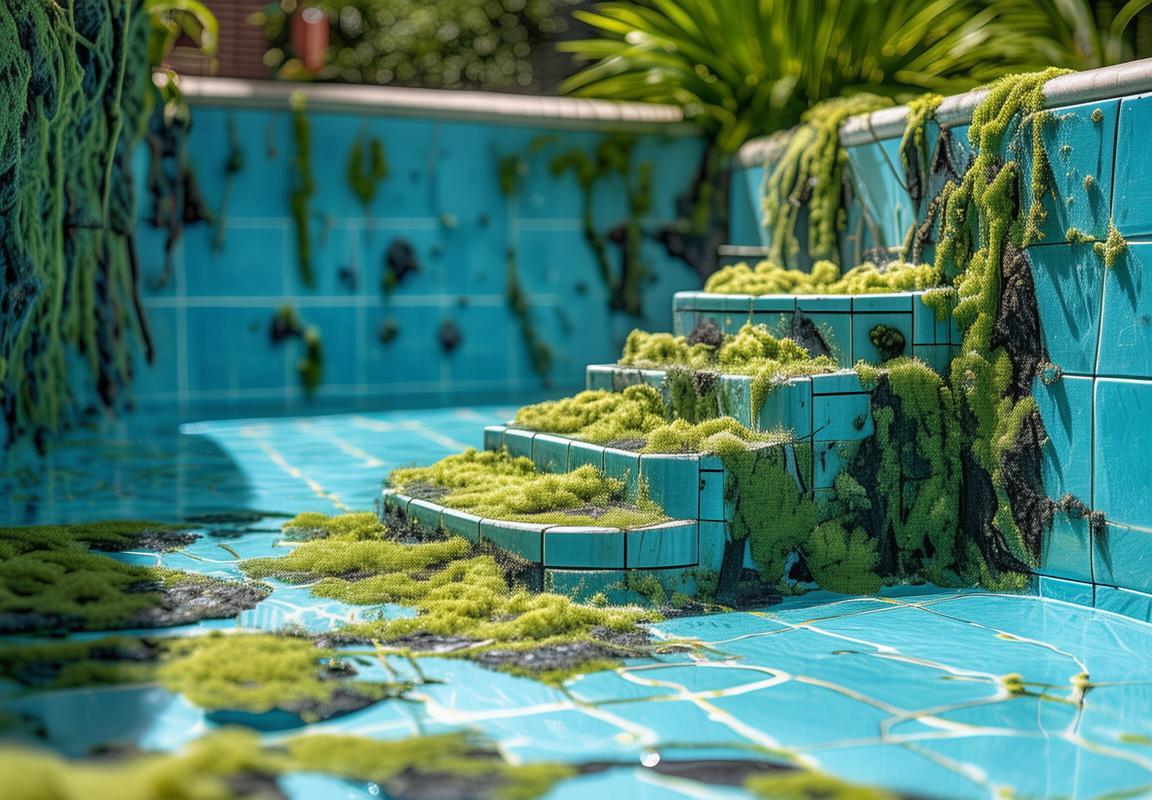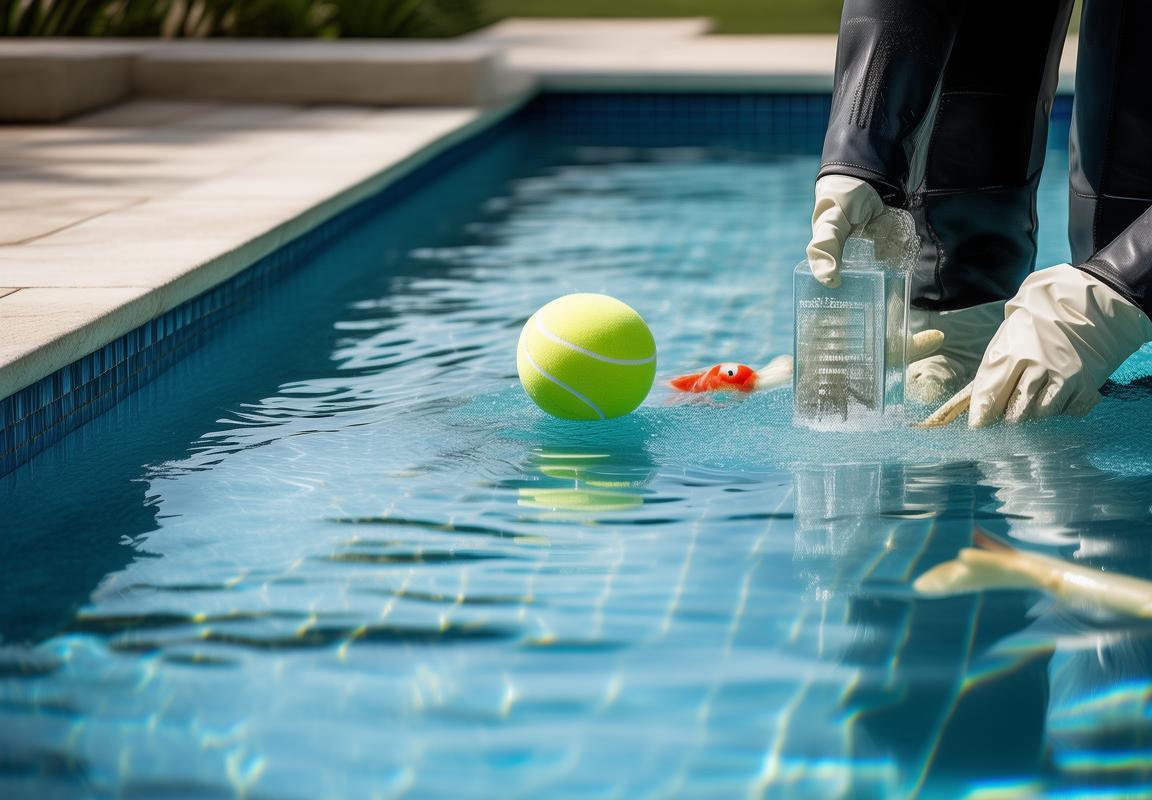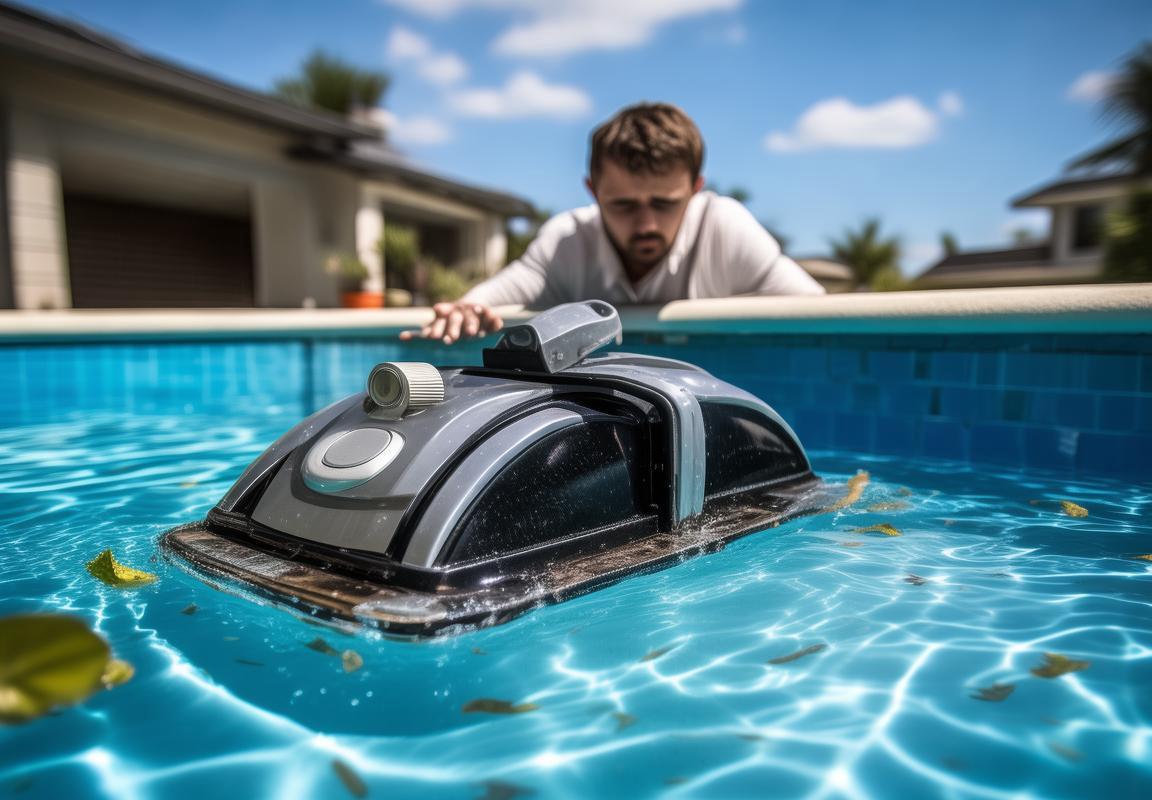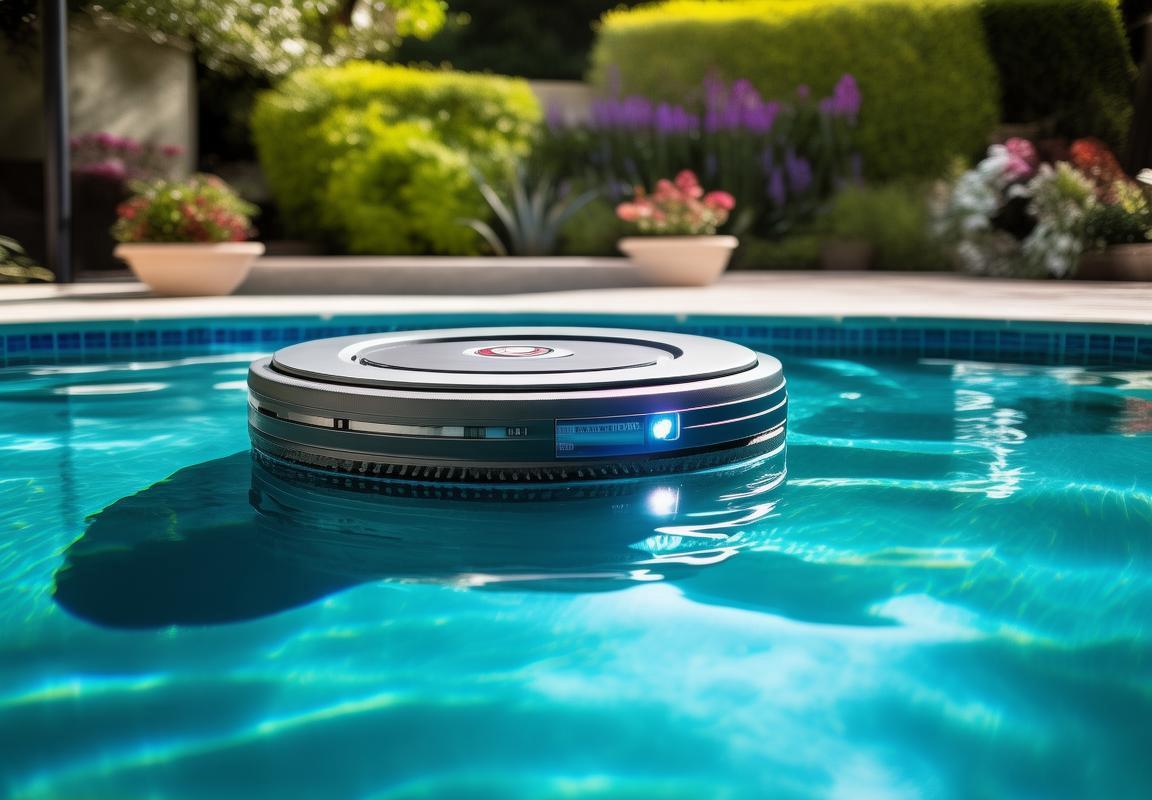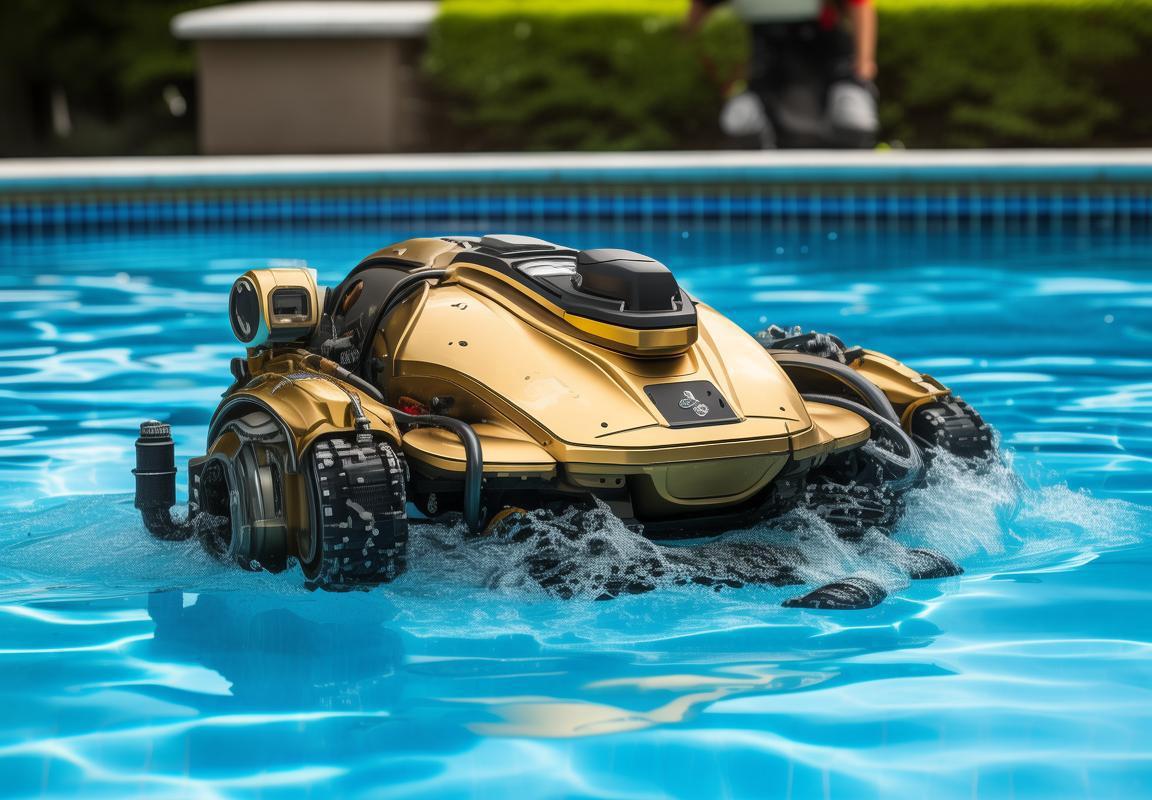Kreepy Pool Cleaner Troubleshooting: Essential Parts & DIY Fixes for Diaphragm, Hose, Footpad & More”** **or** **”Kreepy Pool Cleaner Parts Guide: How to Replace Diaphragm, Hose, Footpad & Solve Common Issues”** **or** **”Pool Cleaner Maintenance: Fixing Kreepy Issues with Diaphragm, Hose, Turbine & Filter Bag Replacements”** **or** **”DIY Kreepy Pool Cleaner Repairs: Replace Parts Like Diaphragm, Footpad & Hose for Optimal Performance”** *(Note: All titles integrate the required keywords naturally while prioritizing SEO clarity and readability
If your Kreepy pool cleaner is acting sluggish, leaving debris, or making strange noises, don’t panic—most issues stem from worn Kreepy pool cleaner parts that are easy to fix. The Kreepy diaphragm replacement is often the culprit when suction weakens; a cracked or stiff diaphragm reduces cleaning power. Check Kreepy hose repair needs if the cleaner gets stuck or leaks air—kinks or cracks disrupt water flow. A worn Kreepy footpad replacement can cause sliding or uneven movement, while a clogged pool filter bag issues kill suction if not emptied regularly. For loud grinding, inspect the pool cleaner turbine problems—debris or damage may require cleaning or replacement. DIY pool cleaner fixes like soaking hoses in hot water to remove kinks or adjusting the flapper valve can restore performance. Avoid common mistakes like using cheap knockoff Kreepy parts replacement or running the cleaner 24⁄7, which accelerates wear. Regular pool cleaner maintenance, such as rinsing the filter bag and inspecting hoses, extends the life of your Kreepy pool cleaner. If repairs cost more than half a new unit or the cleaner moves erratically, it might be time to upgrade. Otherwise, most pool cleaner troubleshooting boils down to replacing key components—diaphragms, hoses, footpads, or turbines—saving you from costly professional repairs. Keep spare pool cleaner parts on hand to tackle issues quickly and keep your pool sparkling with minimal hassle.

